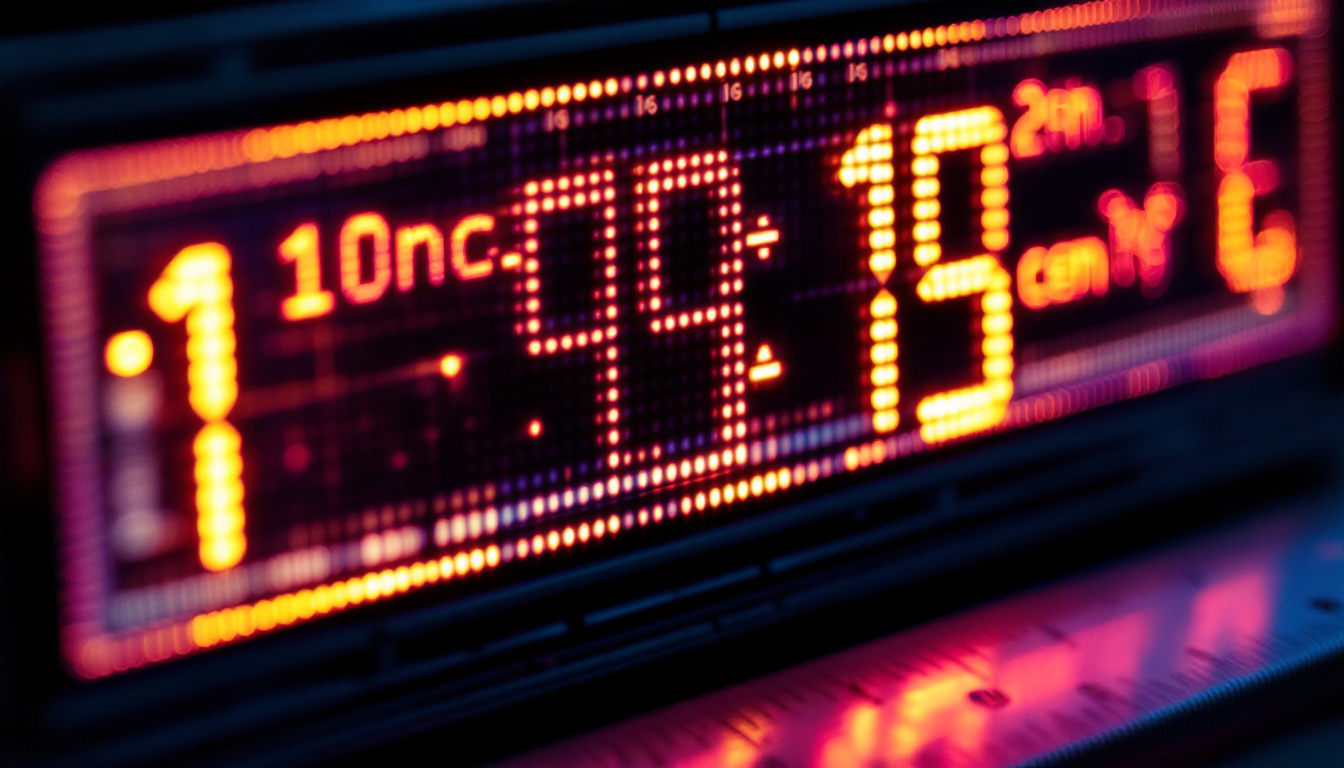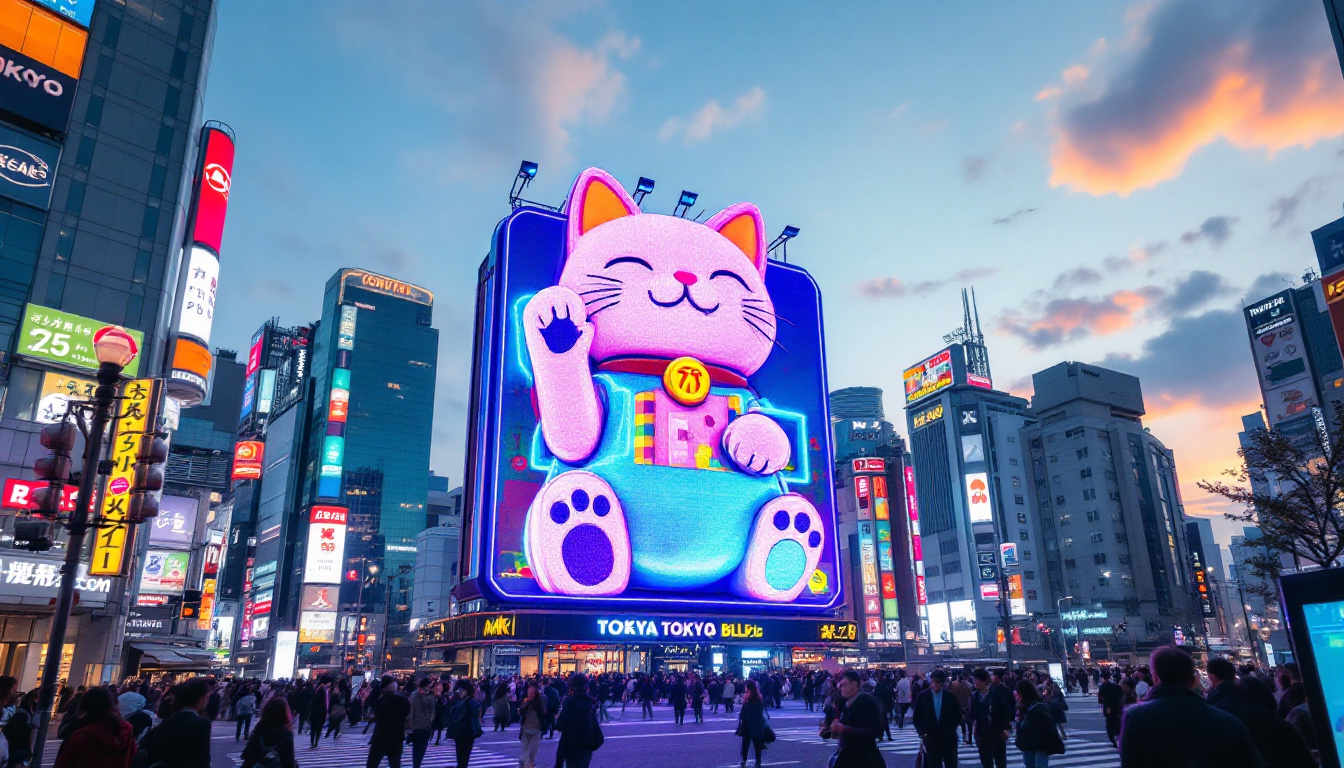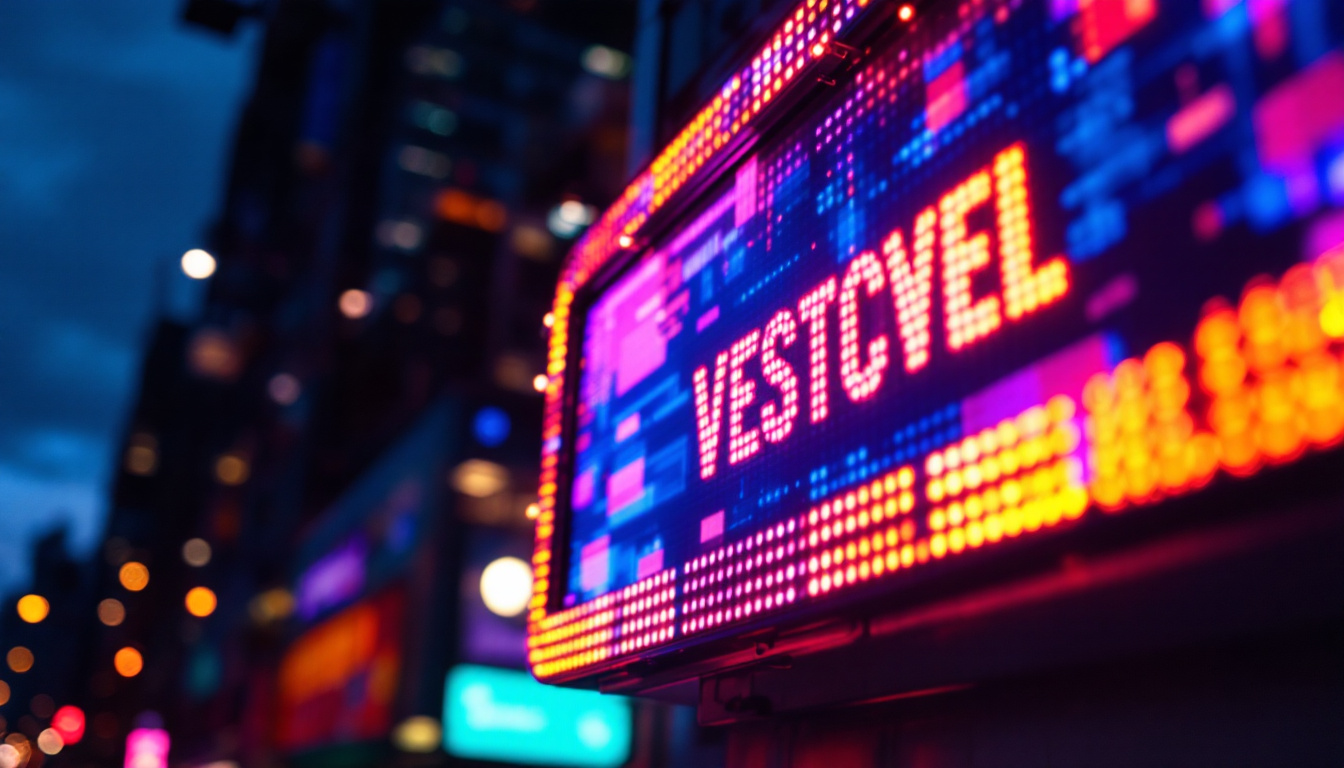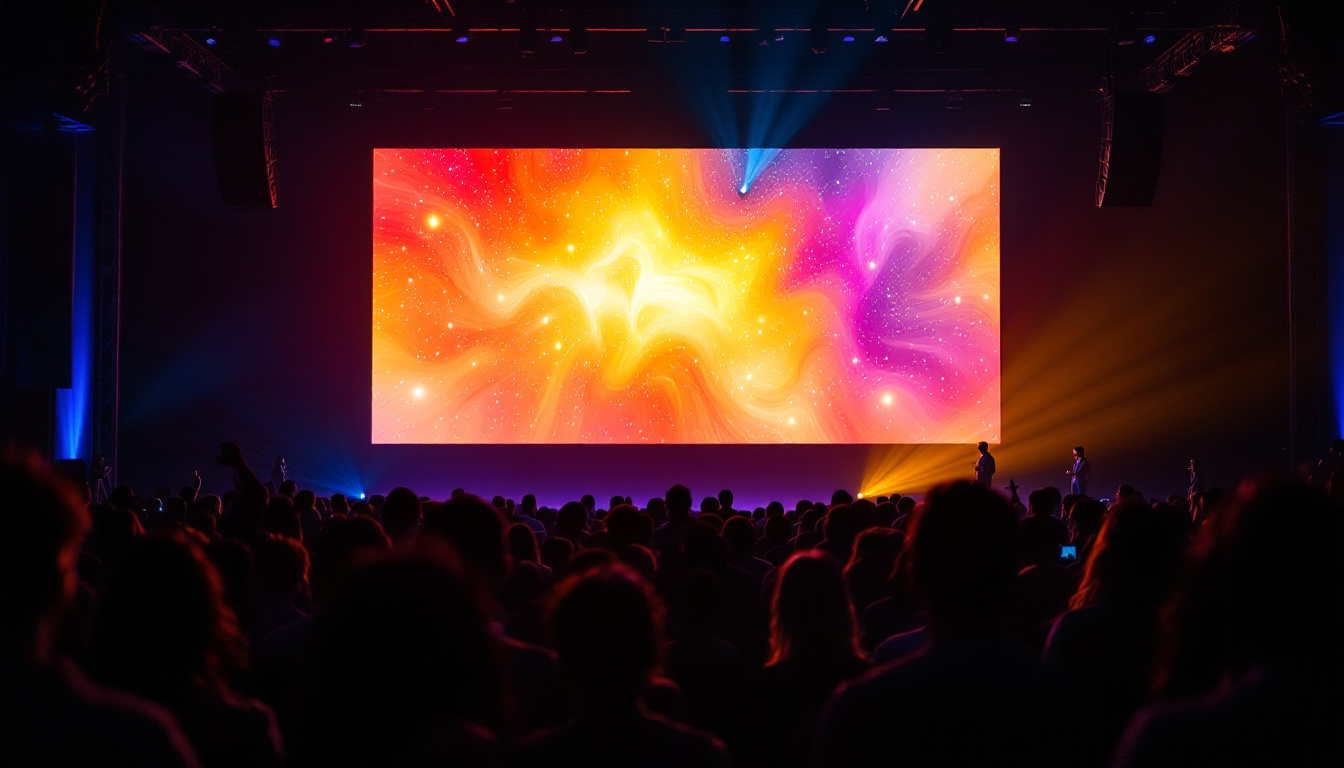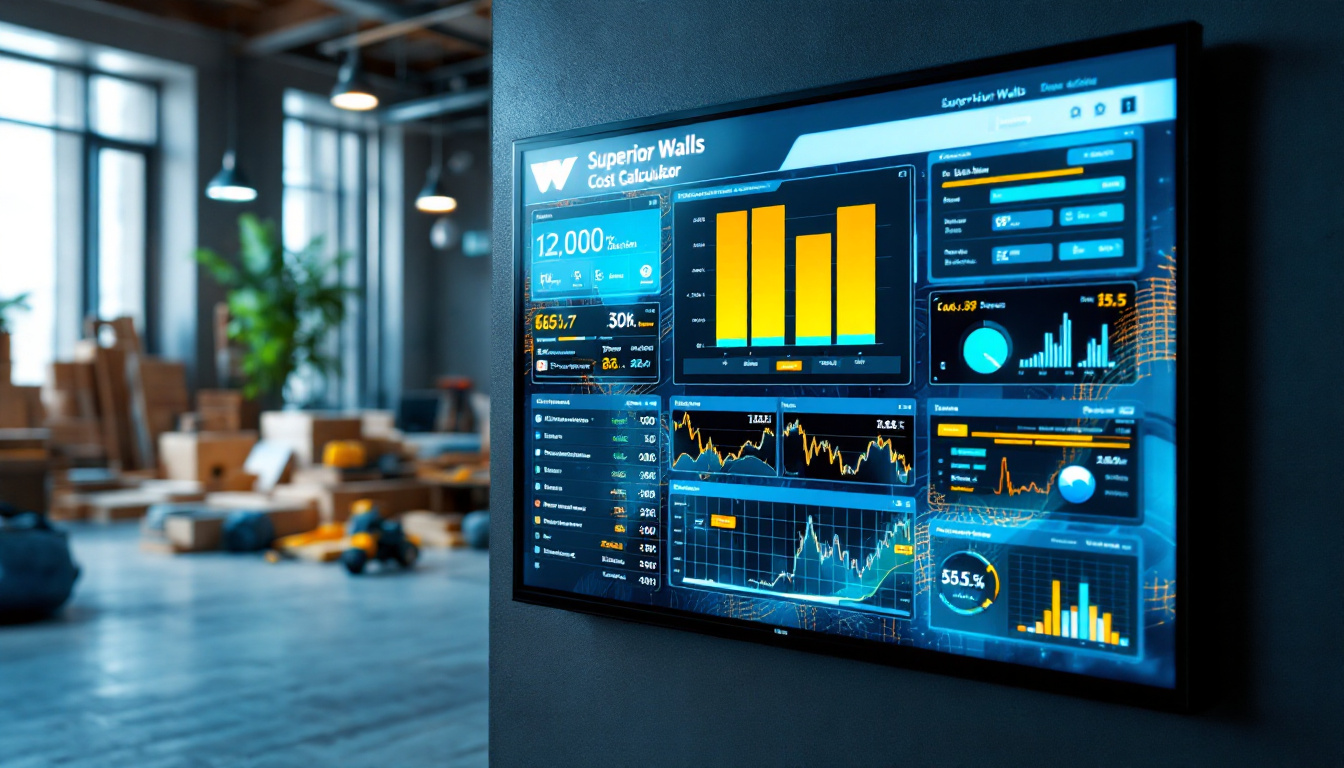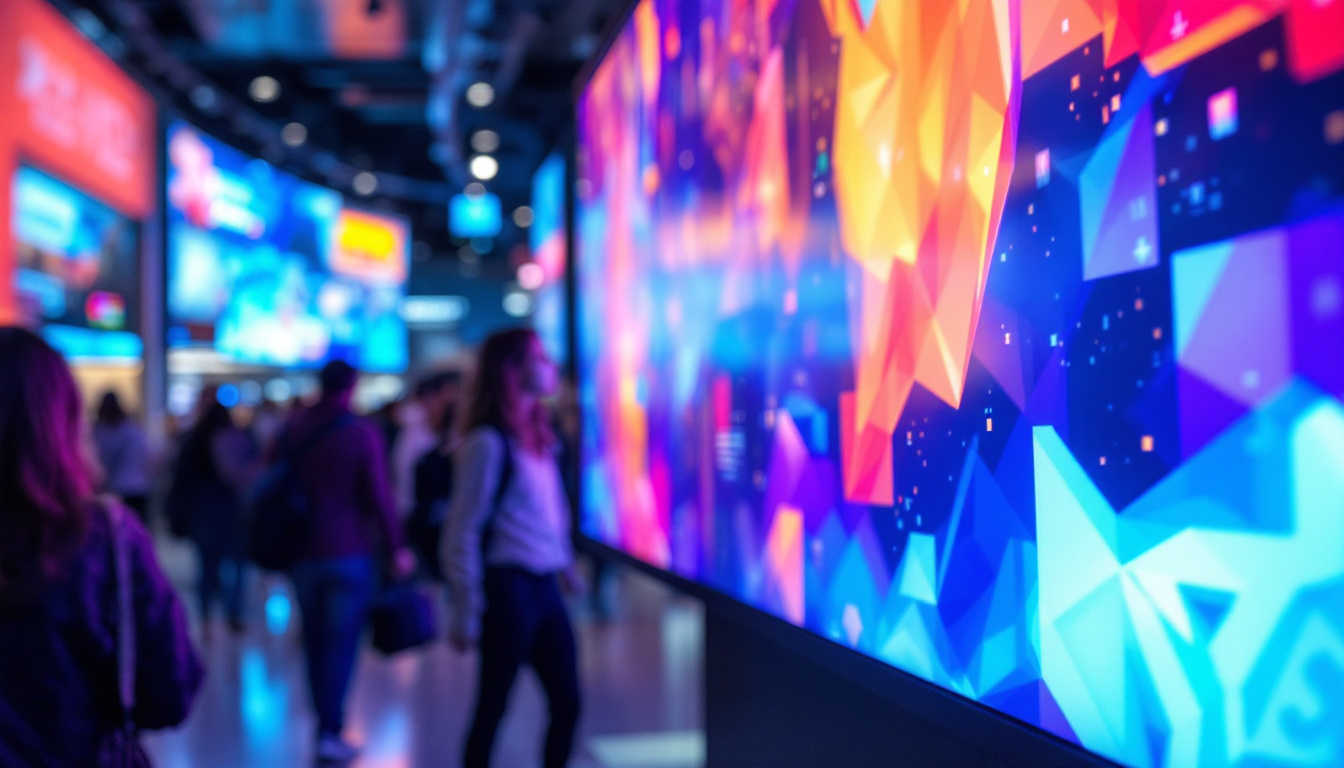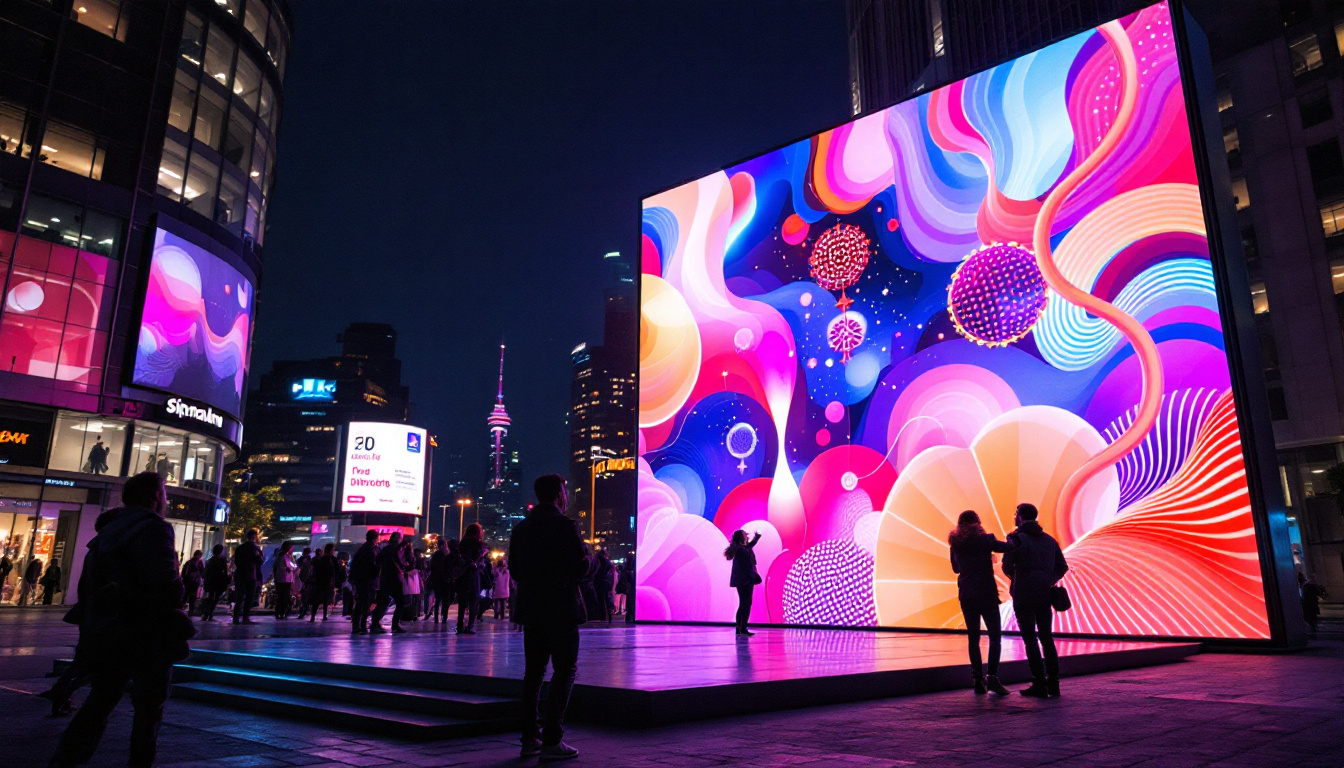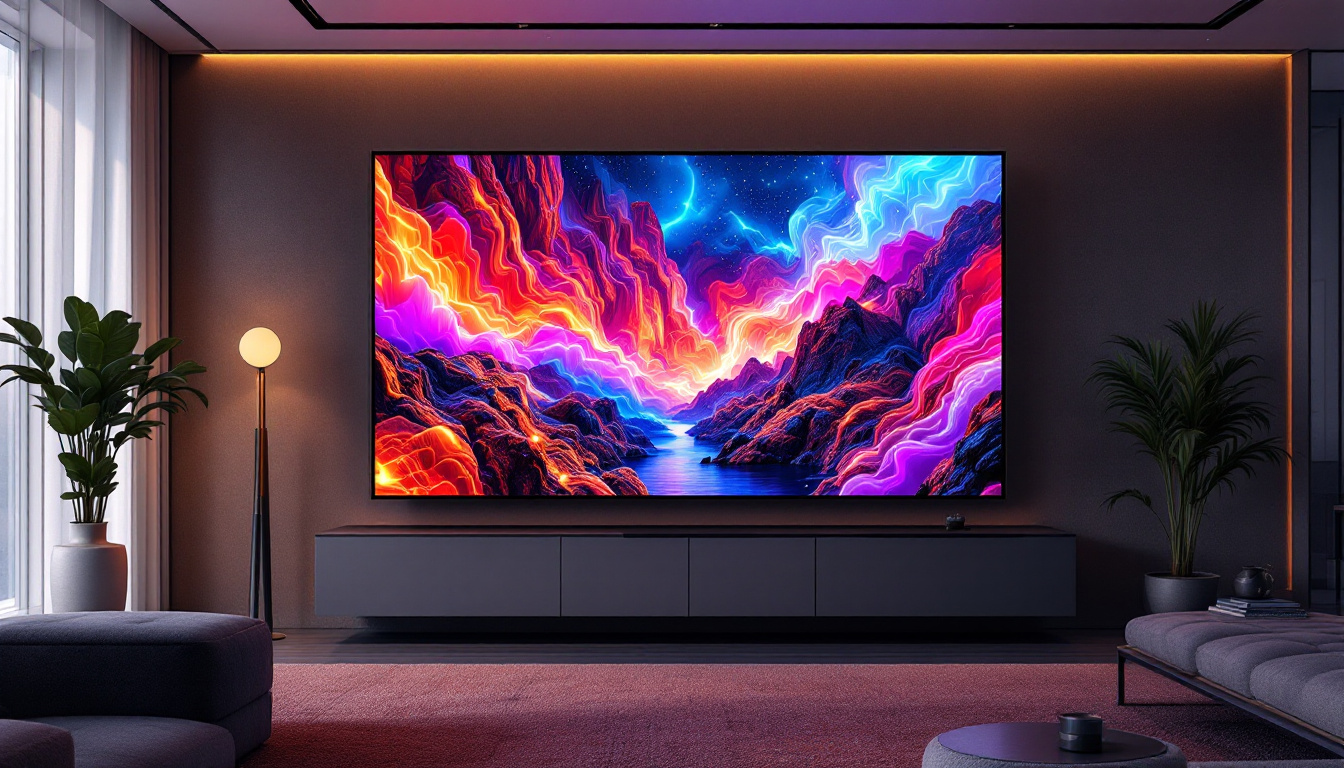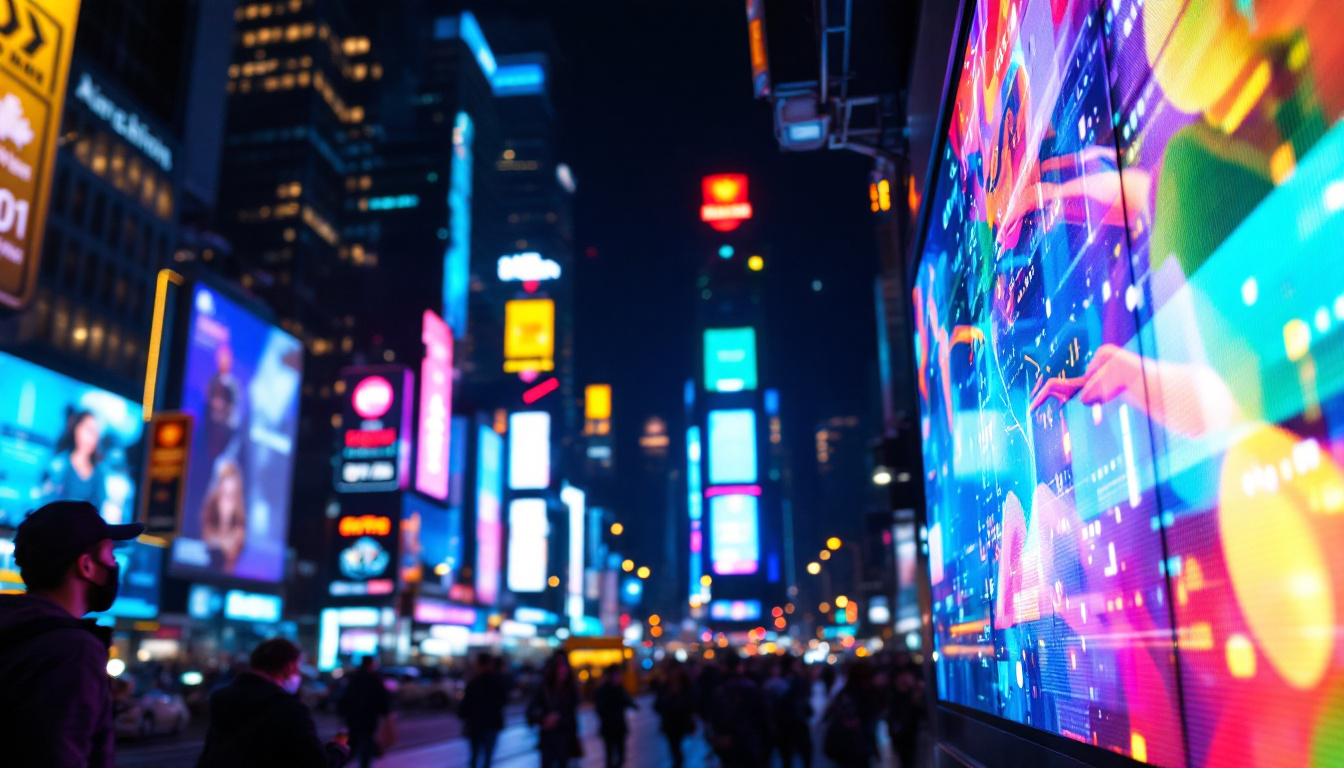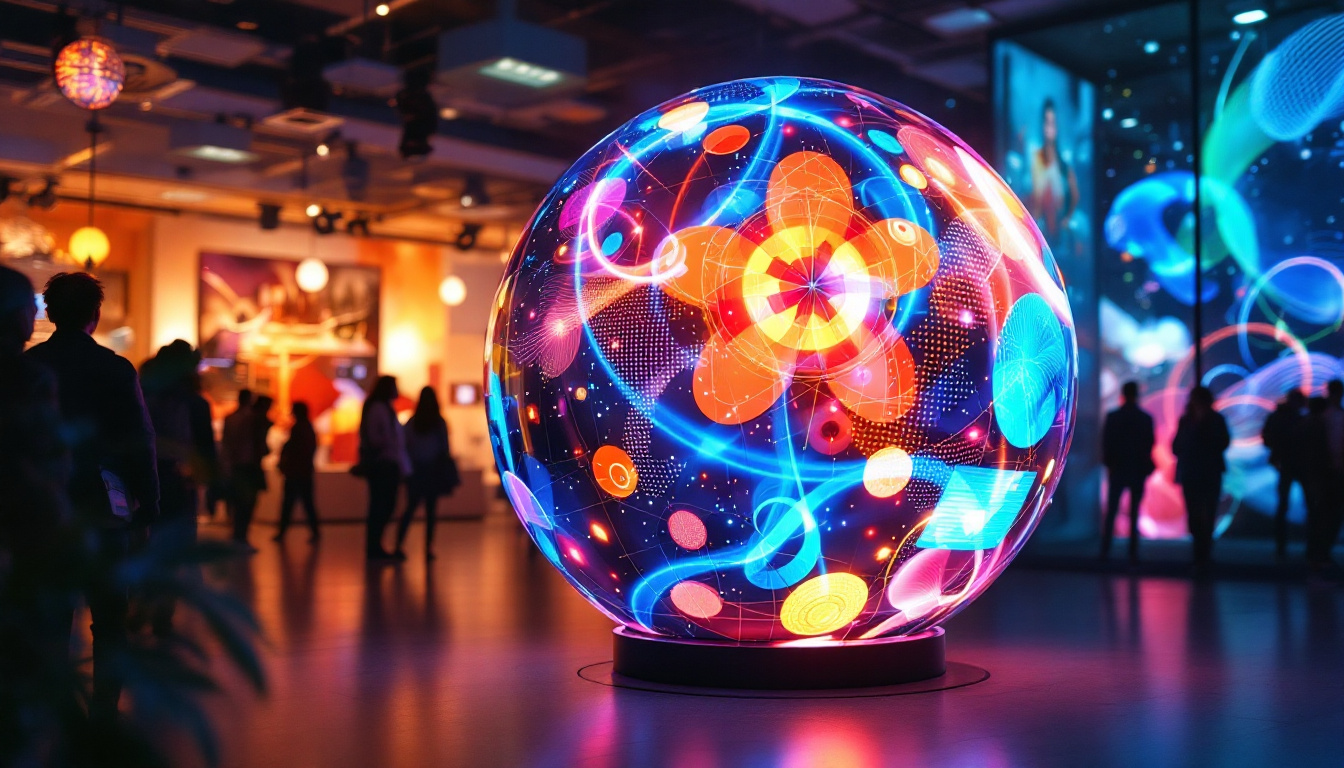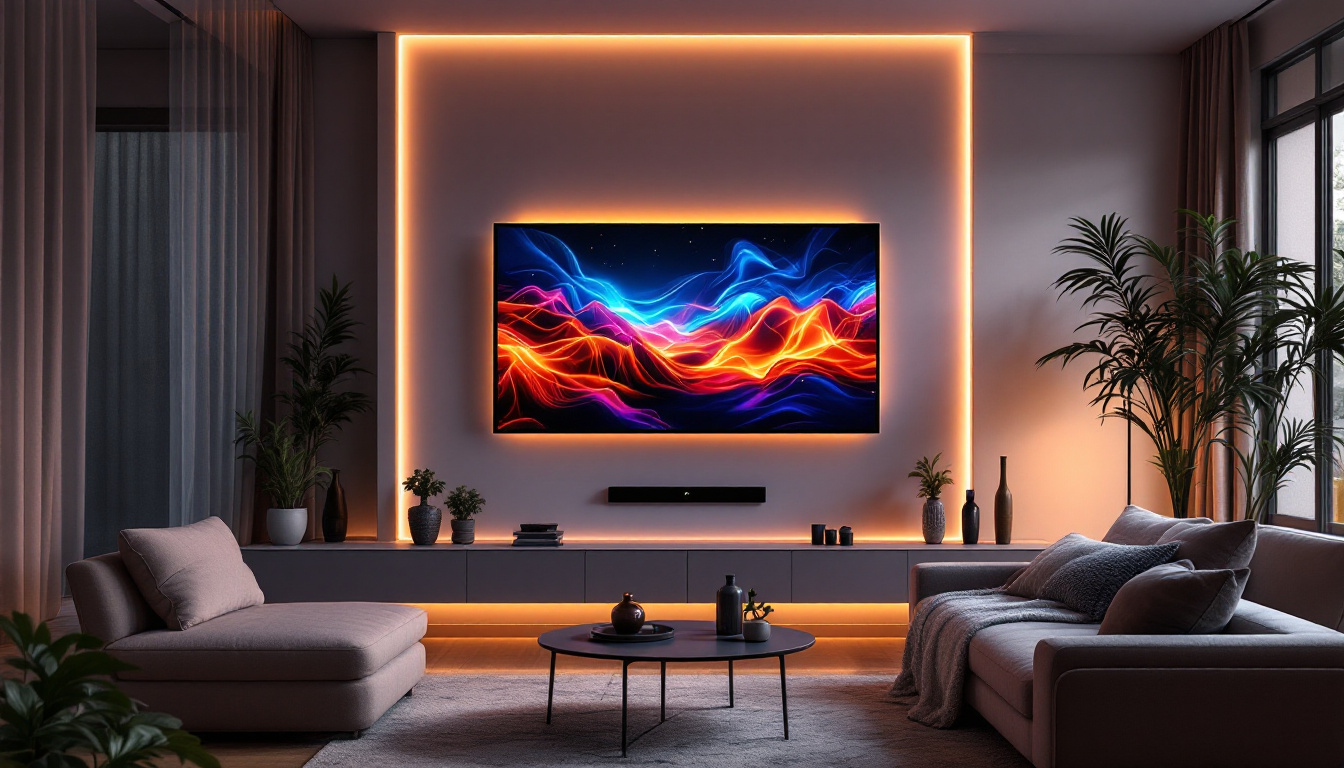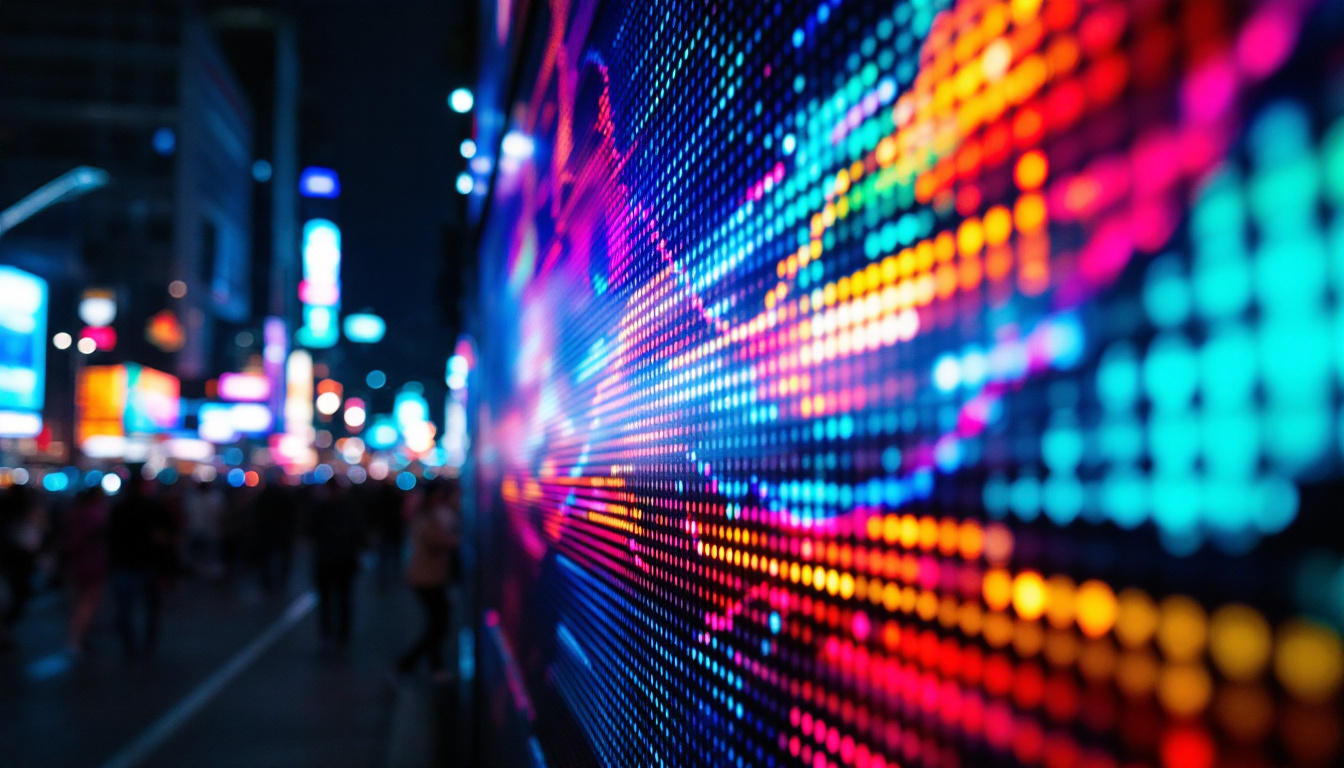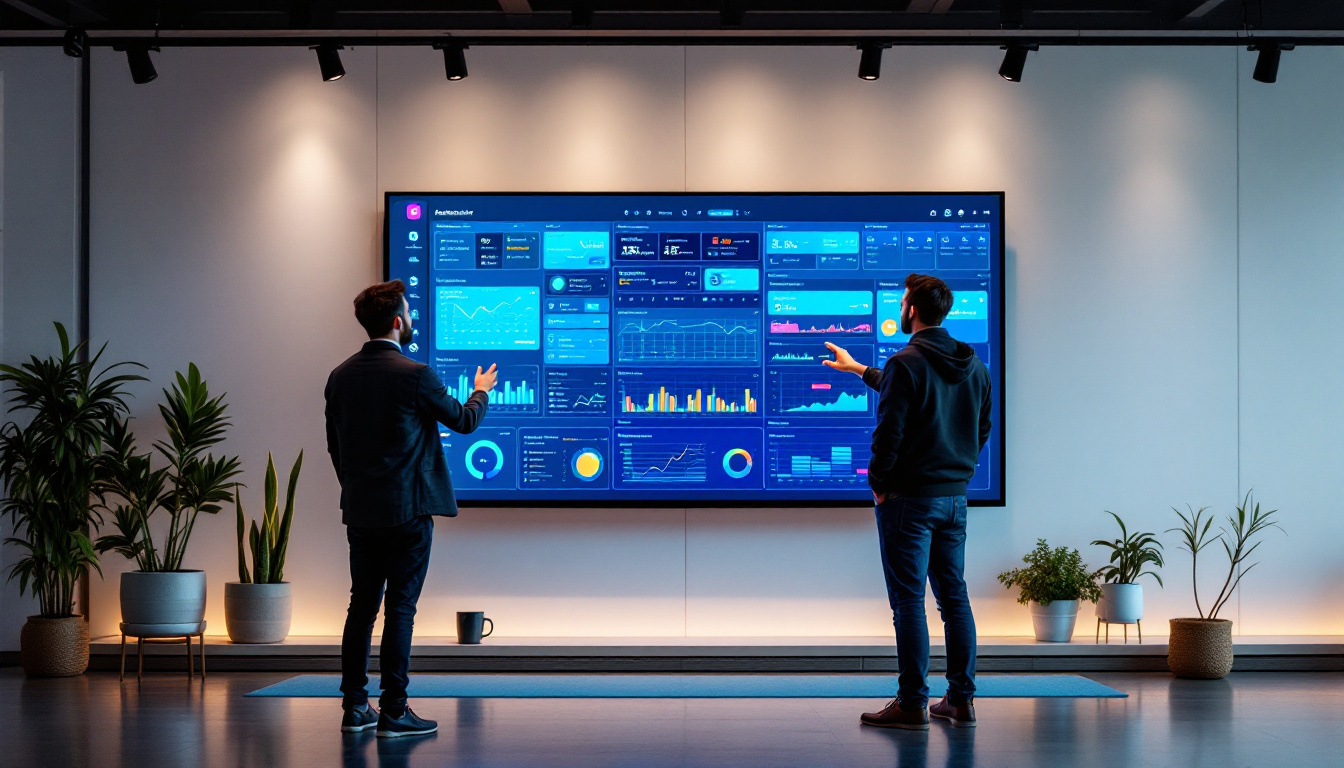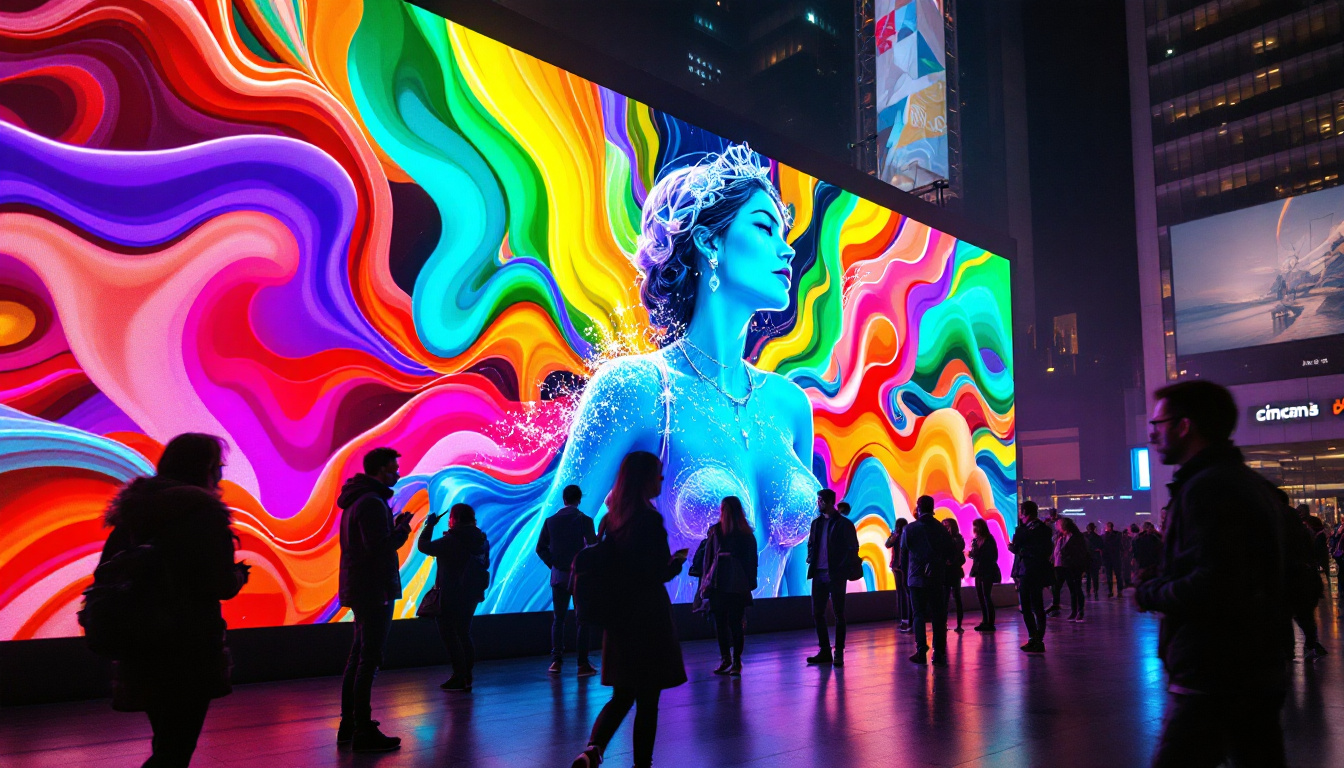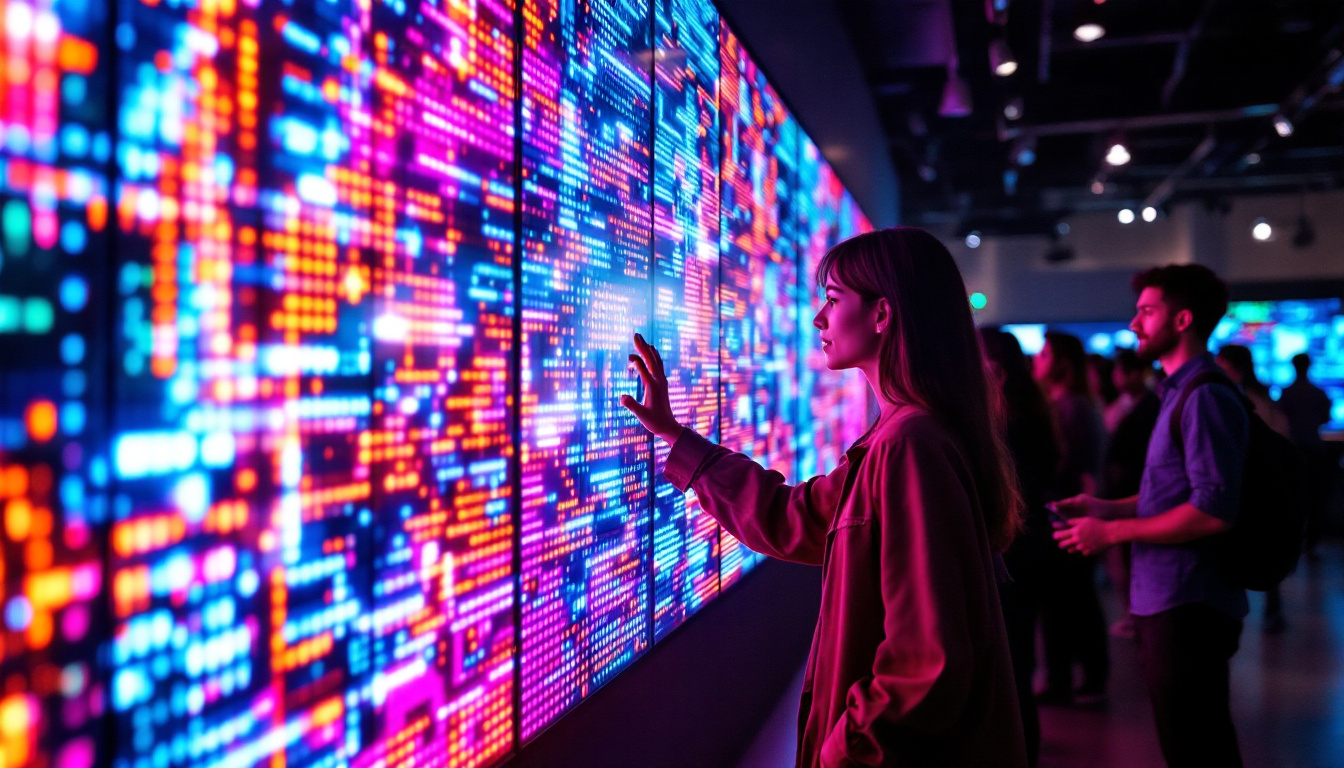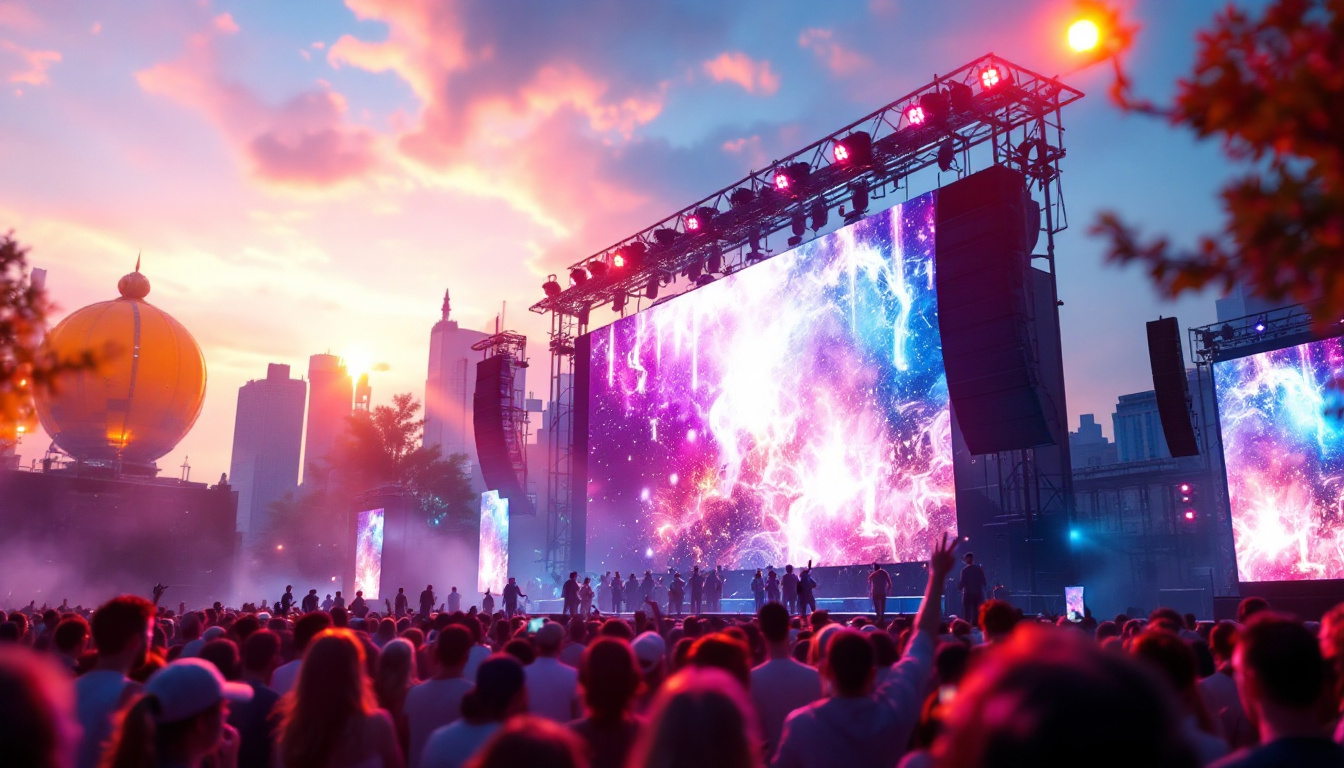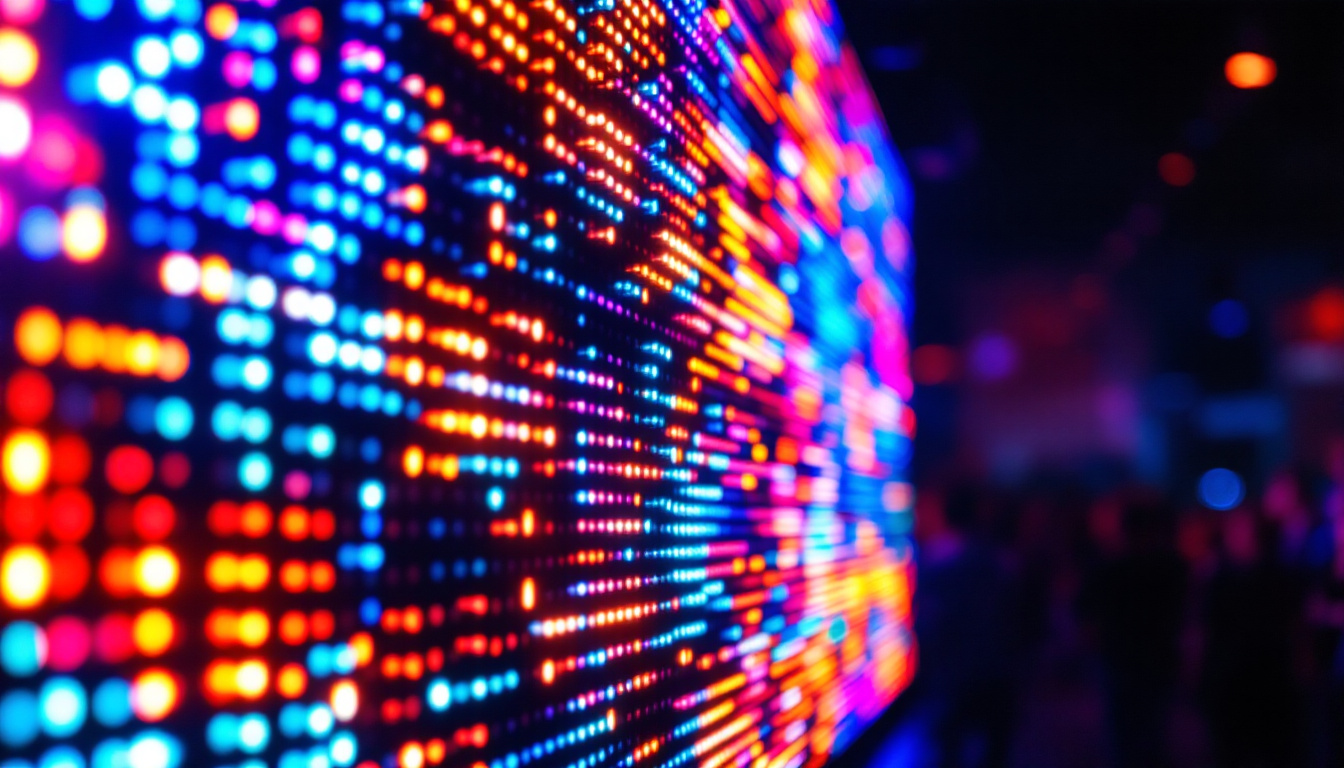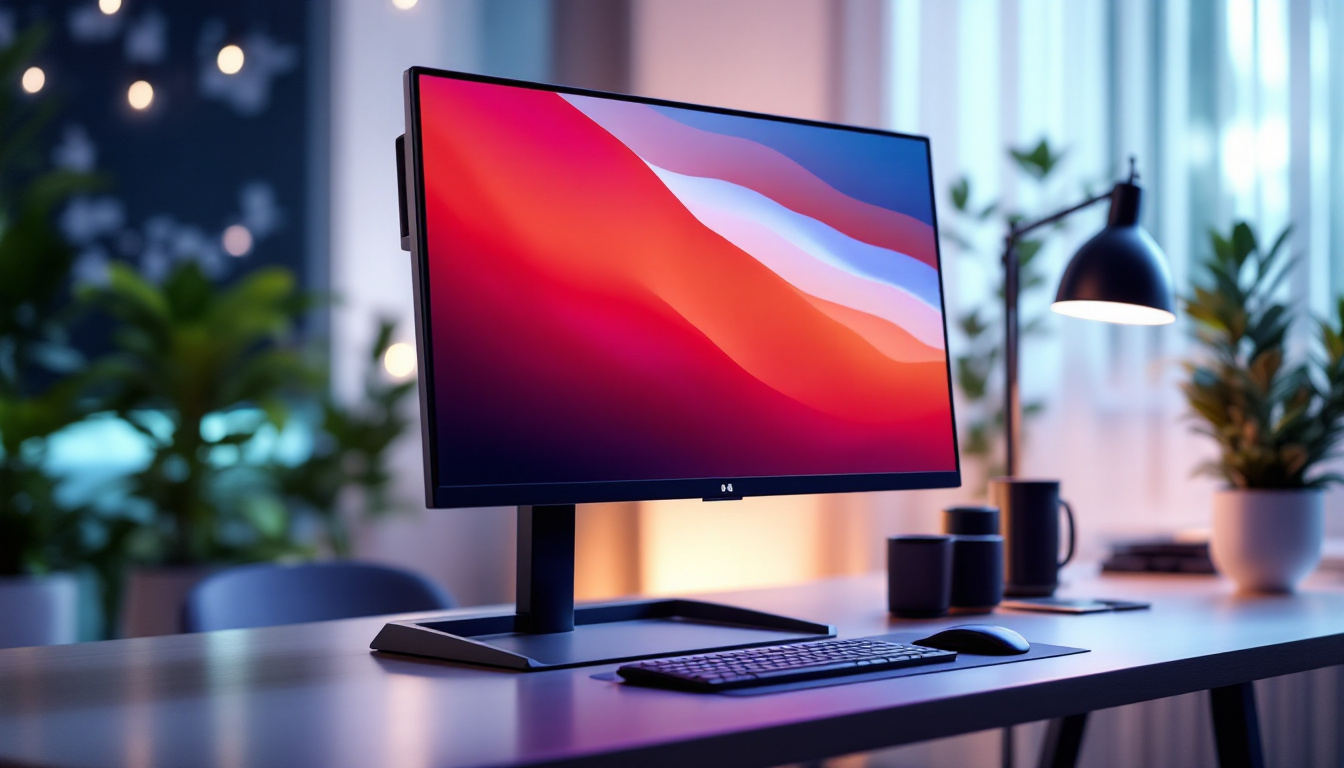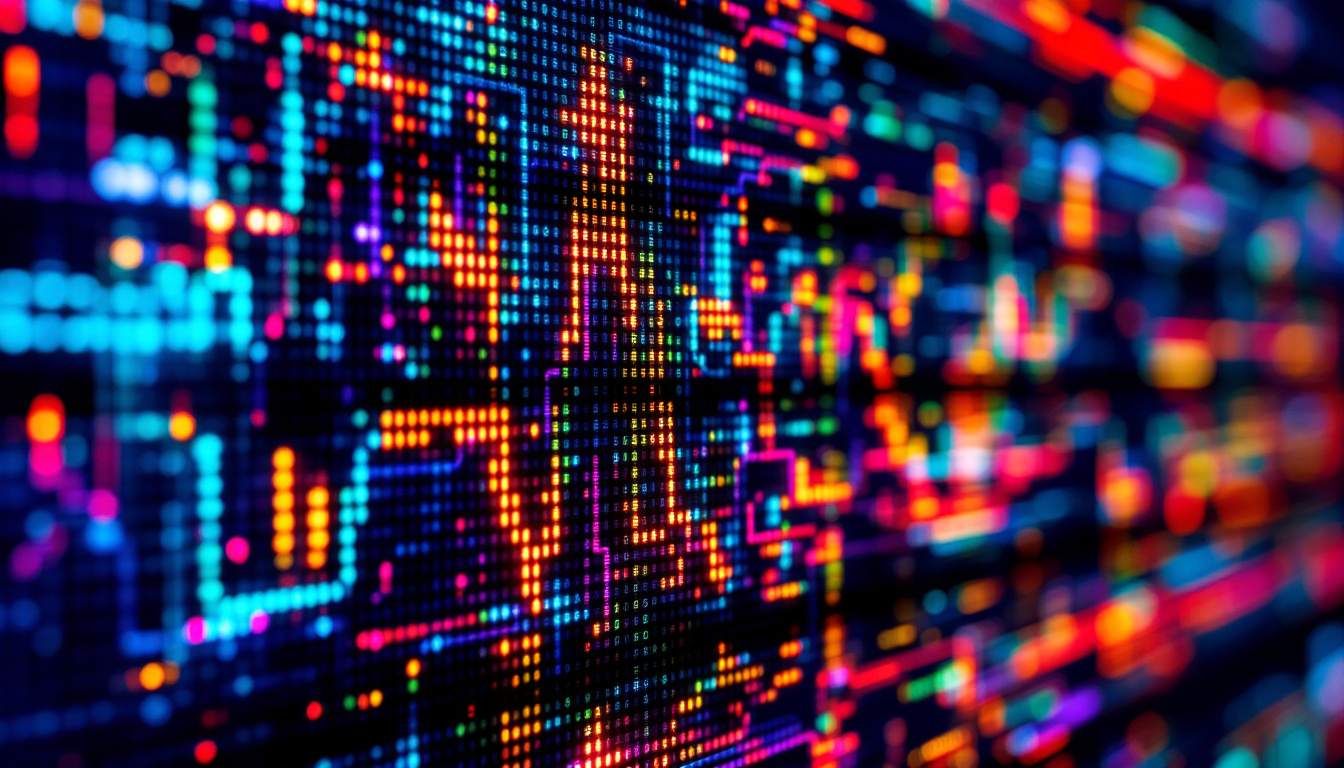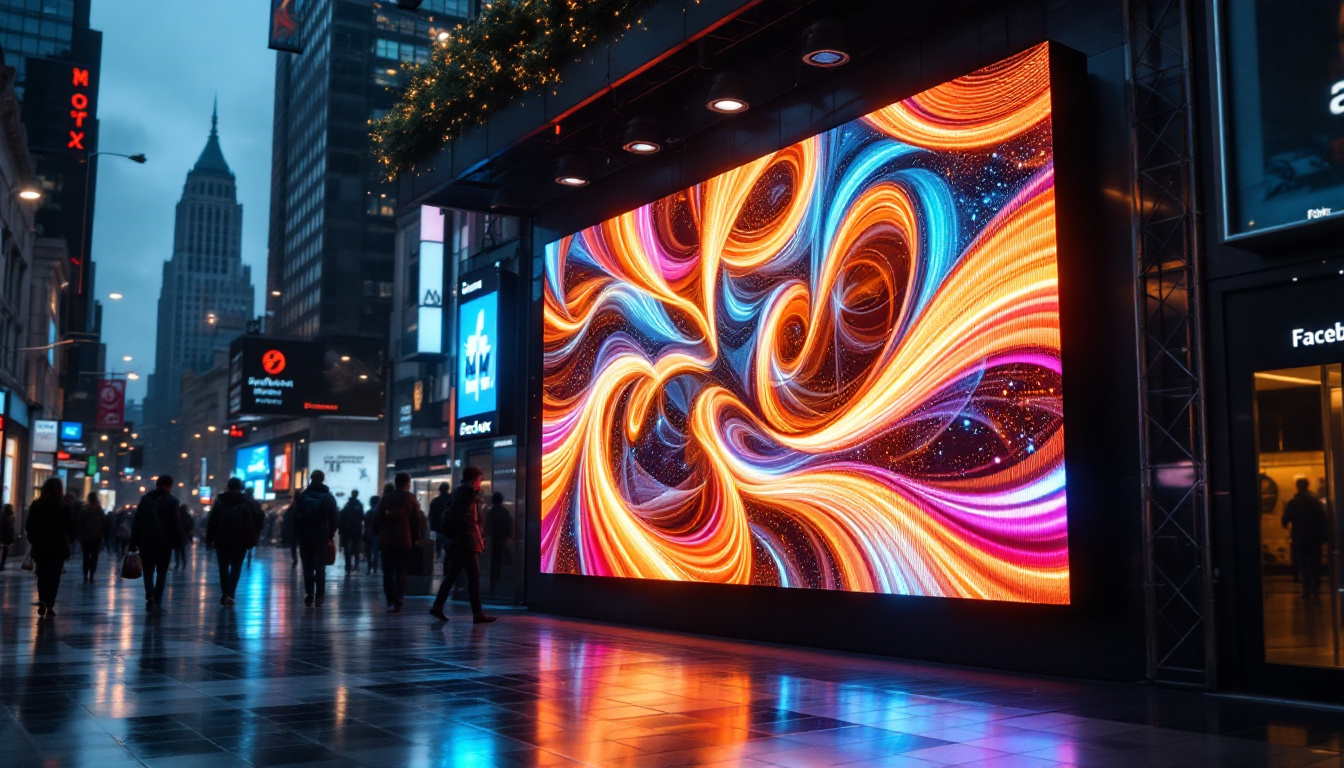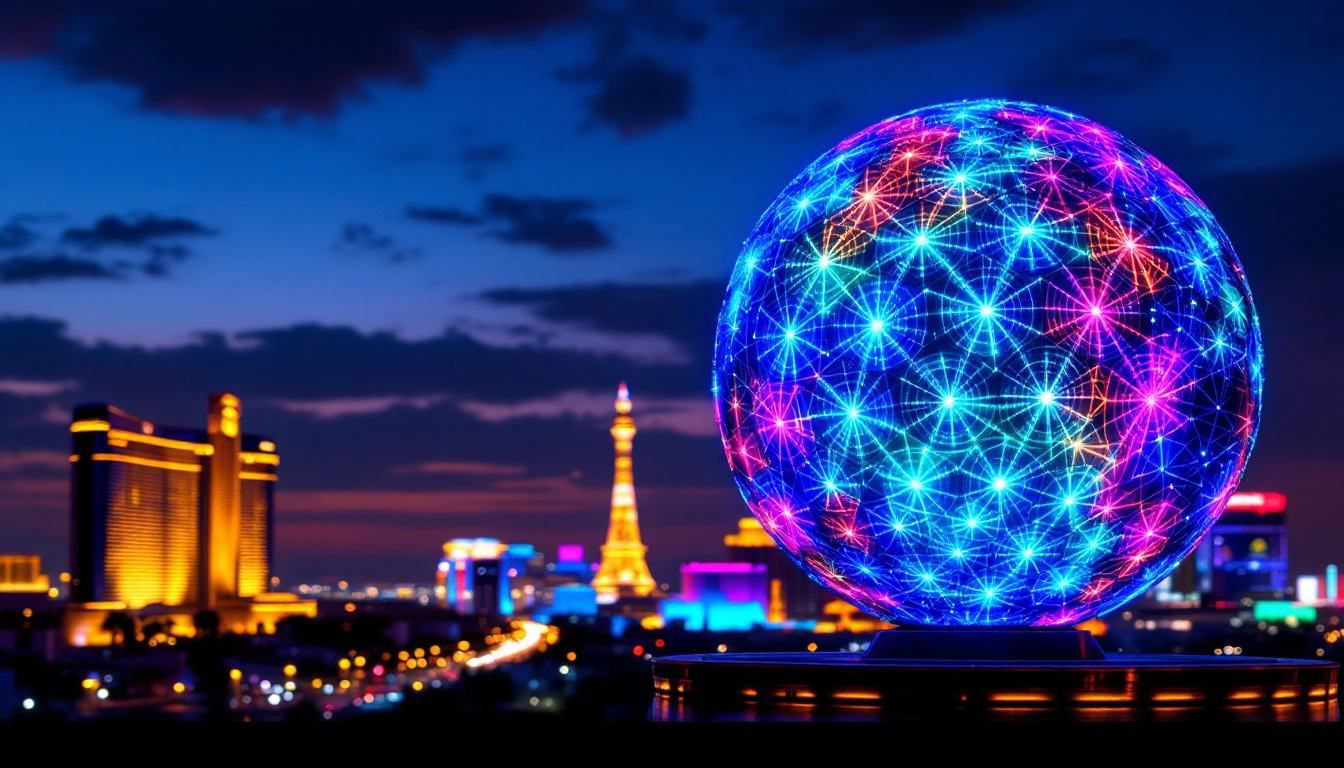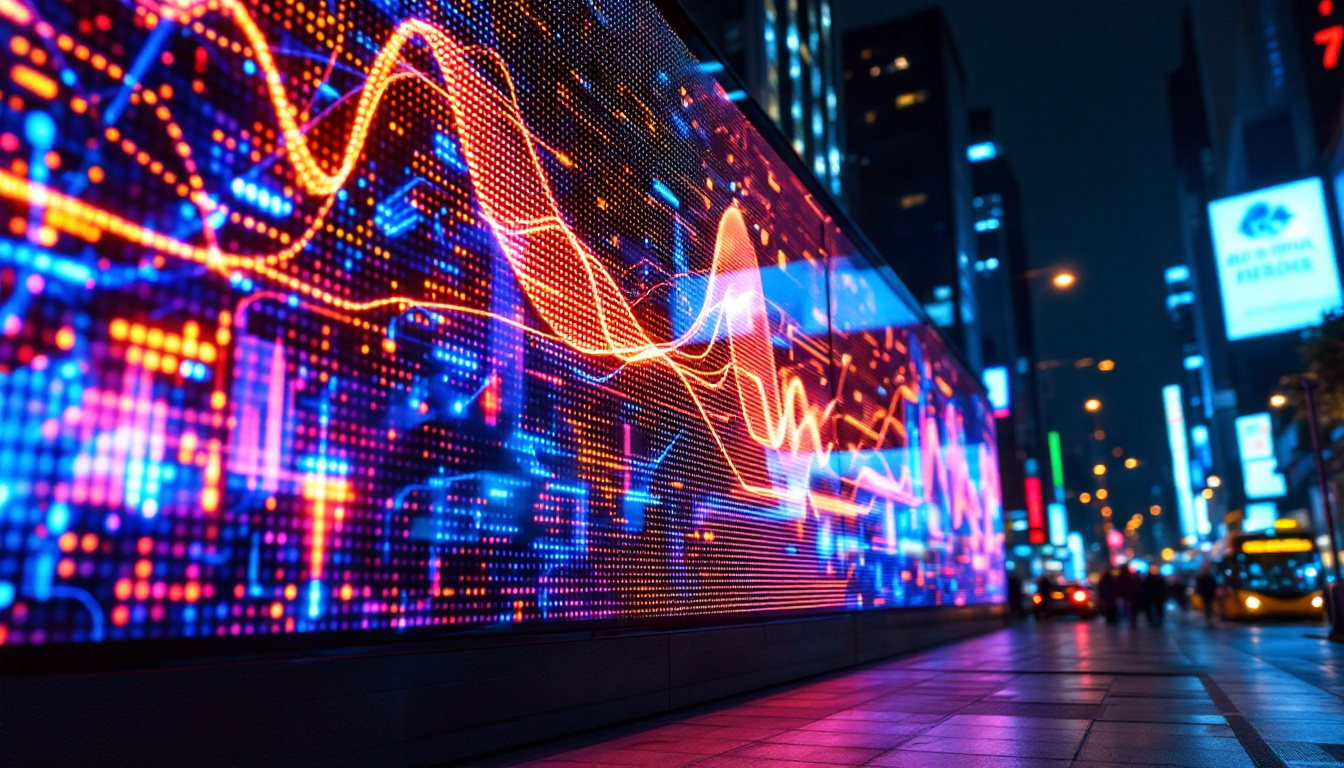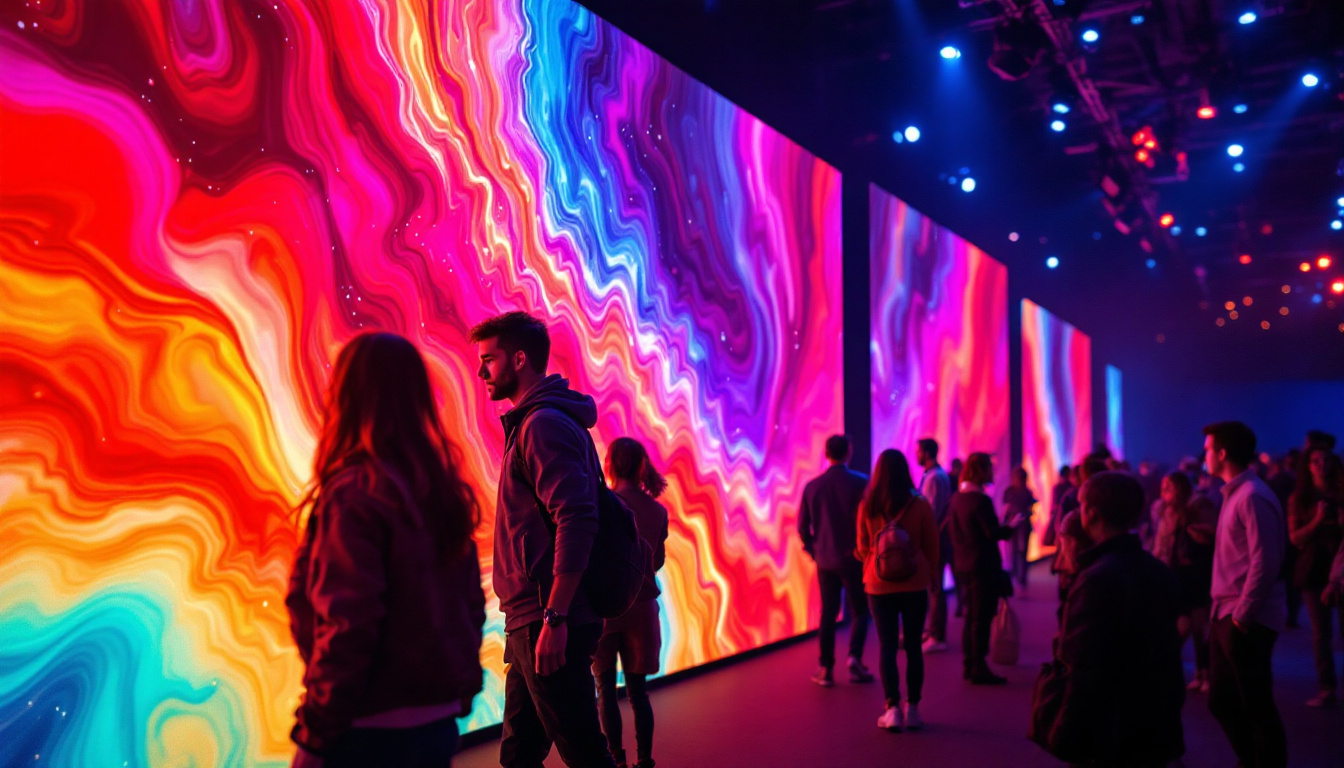In the world of technology, measurements can often be a source of confusion. One common conversion that many encounter is between inches and centimeters, particularly when dealing with LED displays. This article will delve into the specifics of converting 1.2 inches to centimeters, while also exploring the significance of LED displays in various applications.
Understanding the Conversion: Inches to Centimeters
To convert inches to centimeters, it’s essential to understand the basic conversion factor. One inch is equivalent to 2.54 centimeters. Therefore, to convert 1.2 inches to centimeters, the calculation is straightforward:
1.2 inches × 2.54 cm/inch = 3.048 cm
This means that a measurement of 1.2 inches translates to approximately 3.048 centimeters. This conversion is crucial in various fields, including manufacturing, design, and technology, where precise measurements are necessary.
Why Accurate Measurements Matter
In the realm of electronics and design, accuracy is paramount. Whether designing a product or assembling components, even the slightest miscalculation can lead to significant issues down the line. For instance, in LED displays, the size of the display can affect not only the aesthetics but also the functionality of the device.
Moreover, in international markets, where both metric and imperial systems are used, understanding these conversions can facilitate better communication and collaboration among engineers, designers, and manufacturers. This is particularly important in global supply chains, where products are often designed in one country and manufactured in another. The ability to seamlessly convert measurements ensures that all parties involved can work from a common understanding, reducing the risk of errors and enhancing productivity.
Applications of LED Displays
LED displays are ubiquitous in modern technology, found in everything from smartphones and televisions to advertising billboards and digital clocks. Their versatility and efficiency make them a popular choice across various industries.
In consumer electronics, LED displays provide vibrant colors and high contrast ratios, enhancing the viewing experience. In advertising, they allow for dynamic content that can be easily updated, making them a powerful tool for marketing. Furthermore, in industrial settings, LED displays can provide real-time data and alerts, improving operational efficiency. For example, in manufacturing plants, LED screens can display critical information such as machine status, production metrics, and safety alerts, allowing for quick decision-making and response to any issues that arise.
Additionally, the energy efficiency of LED technology contributes to its widespread adoption. Compared to traditional display technologies, LEDs consume significantly less power, which not only reduces operational costs but also supports sustainability initiatives. As businesses and consumers become increasingly aware of their environmental impact, the demand for energy-efficient solutions like LED displays continues to grow, driving innovation and advancements in display technology.
Types of LED Displays
LED displays come in various types, each designed for specific applications. Understanding these types can help in selecting the right display for a particular need.
Direct View LED Displays
Direct view LED displays are made up of individual LEDs that emit light directly to the viewer. These displays are commonly used in large outdoor screens, such as those found in stadiums or public squares. They offer high brightness and excellent visibility, even in direct sunlight.
One of the key advantages of direct view LED displays is their scalability. They can be built in various sizes and shapes, making them suitable for a wide range of applications. However, they can be more expensive to produce and install compared to other types of displays. Additionally, direct view LED displays are often equipped with advanced features such as dynamic content management systems, allowing for real-time updates and interactive capabilities that enhance viewer engagement.
LED-backlit LCD Displays
LED-backlit LCD displays combine traditional LCD technology with LED backlighting. This type of display is commonly found in televisions and computer monitors. The use of LED backlighting allows for thinner screens and improved energy efficiency compared to traditional fluorescent backlighting.
While LED-backlit LCD displays do not offer the same level of contrast and color vibrancy as direct view LED displays, they are more affordable and suitable for everyday consumer use. Their versatility makes them a popular choice for both home and office environments. Moreover, advancements in local dimming technology have improved the performance of LED-backlit LCDs, allowing for better contrast ratios and more accurate color reproduction, making them a viable option for professional graphic design and video editing tasks.
Organic LED (OLED) Displays
Organic LED (OLED) displays represent a significant advancement in display technology. Unlike traditional LED displays, which use inorganic materials, OLEDs utilize organic compounds that emit light when an electric current is applied. This results in displays that are thinner, lighter, and capable of producing deeper blacks and more vibrant colors.
OLED technology is increasingly being adopted in high-end televisions and smartphones due to its superior image quality. However, the manufacturing process can be more complex and costly, which is reflected in the price of OLED devices. Additionally, OLED displays are known for their wide viewing angles, making them ideal for group viewing scenarios. As the technology continues to evolve, innovations such as flexible OLED screens are emerging, paving the way for new applications in wearable technology and curved displays that can adapt to various environments and user preferences.
Factors Influencing LED Display Performance
The performance of LED displays is influenced by several factors, including resolution, brightness, and color accuracy. Understanding these factors can help in choosing the right display for specific applications.
Resolution
Resolution refers to the number of pixels that make up the display. Higher resolution displays can show more detail and provide a clearer image. For example, a display with a resolution of 1920 x 1080 pixels (Full HD) will provide a sharper image than one with a resolution of 1280 x 720 pixels (HD).
In applications where fine detail is crucial, such as graphic design or video editing, a higher resolution display is essential. Conversely, for simpler applications like basic information displays, lower resolutions may suffice. Furthermore, the pixel density, often measured in pixels per inch (PPI), plays a significant role in how crisp and clear images appear on the screen. Displays with a higher PPI are particularly advantageous for close-up viewing, as they minimize the visibility of individual pixels, resulting in a more immersive experience.
Brightness
Brightness is another critical factor in LED display performance. Measured in nits, brightness determines how well a display can be seen in various lighting conditions. Outdoor displays, for example, require higher brightness levels to remain visible in direct sunlight.
In contrast, indoor displays may not need to be as bright, allowing for energy savings. Selecting the appropriate brightness level for the intended environment is vital for ensuring optimal visibility and user experience. Additionally, the ability to adjust brightness dynamically based on ambient light conditions can enhance usability, preserving energy and prolonging the lifespan of the display. Advanced displays often feature sensors that automatically calibrate brightness, ensuring that the content remains vibrant and legible regardless of external lighting variations.
Color Accuracy
Color accuracy refers to how faithfully a display reproduces colors. This is particularly important in applications such as photography, graphic design, and video production, where precise color representation is crucial.
Displays with high color accuracy can reproduce a wider gamut of colors and provide a more realistic viewing experience. When selecting an LED display for color-critical work, it is essential to consider specifications such as color gamut and calibration capabilities. Moreover, technologies like HDR (High Dynamic Range) can significantly enhance color depth and contrast, allowing for a more dynamic range of colors that can be displayed. This is especially beneficial in media production, where the subtleties of light and shadow can dramatically affect the overall aesthetic of the content. As such, professionals in creative fields often rely on displays that not only meet standard color accuracy metrics but also support advanced color technologies to ensure their work is represented as intended.
Future Trends in LED Display Technology
The LED display industry is continually evolving, with new technologies and trends emerging to enhance performance and user experience. Keeping abreast of these trends can provide insights into the future of display technology.
MicroLED Technology
MicroLED technology is one of the most promising developments in the display industry. This technology uses microscopic LEDs to create individual pixels, resulting in displays that offer exceptional brightness, contrast, and color accuracy.
MicroLED displays have the potential to combine the best features of OLED and traditional LED displays, providing a superior viewing experience without the drawbacks of either technology. As production methods improve, MicroLED displays are expected to become more widely available and affordable.
Flexible and Foldable Displays
Flexible and foldable displays are gaining traction in the consumer electronics market. These displays can bend and fold without compromising performance, opening up new possibilities for product design.
Smartphones, tablets, and wearable devices are beginning to incorporate flexible displays, allowing for innovative designs that were previously impossible. As this technology matures, it is likely to lead to a new generation of devices that prioritize portability and versatility.
Enhanced Interactivity
As technology advances, the demand for interactive displays continues to grow. Touchscreen technology, gesture recognition, and augmented reality are becoming more prevalent in LED displays, enhancing user engagement.
Interactive displays are particularly valuable in educational settings, retail environments, and public information systems, where user interaction can improve information retention and customer experience. The integration of advanced interactivity features is expected to shape the future of LED displays significantly.
Conclusion
Understanding the conversion from inches to centimeters, particularly in the context of LED displays, is essential for professionals across various industries. With 1.2 inches equating to approximately 3.048 centimeters, this knowledge aids in ensuring precision in design and manufacturing.
LED displays, with their diverse types and applications, play a crucial role in modern technology. As advancements continue to emerge, staying informed about the latest trends and technologies will be vital for anyone involved in the industry.
In an era where visual communication is paramount, the importance of high-quality displays cannot be overstated. Whether it’s for personal use or professional applications, understanding the nuances of LED display technology will empower users to make informed decisions that enhance their experiences.
Discover LumenMatrix’s Advanced LED Display Solutions
As you consider the precision and innovation necessary for today’s LED display technology, we invite you to explore the offerings of LumenMatrix. Our commitment to excellence is evident in our wide range of products, from Indoor and Outdoor LED Wall Displays to specialized solutions like Vehicle LED Displays and LED Sports Displays. Each solution is crafted to provide unparalleled visual communication, ensuring your message is not just seen, but truly experienced. For displays that captivate and engage, check out LumenMatrix LED Display Solutions and see how we can illuminate your brand’s potential.

